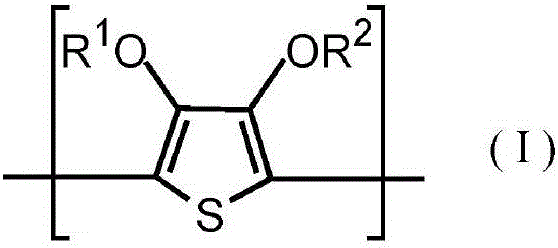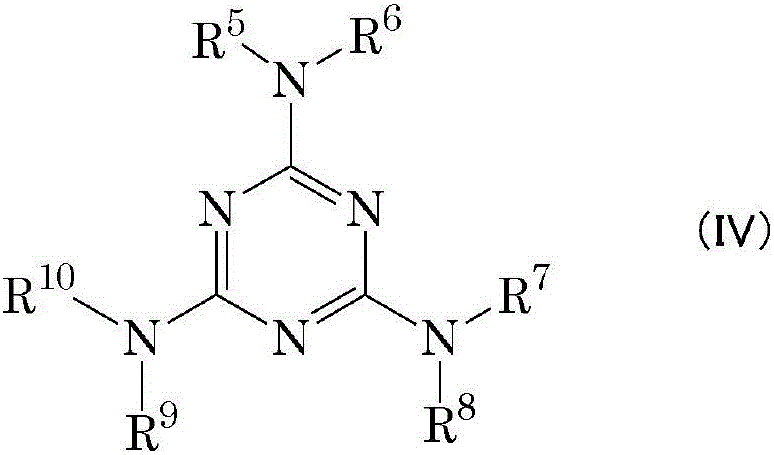Transparent conductor, liquid crystal display device and method for producing transparent conductor
A liquid crystal display device, a technology of transparent conductors, applied in conductive materials dispersed in non-conductive inorganic materials, conductive layers on insulating carriers, optics, etc., can solve the problem of increased production costs, reduced manufacturing costs, and reduced productivity problem, to achieve the effect of shielding electromagnetic wave interference, preventing damage, and excellent manufacturing cost
- Summary
- Abstract
- Description
- Claims
- Application Information
AI Technical Summary
Problems solved by technology
Method used
Image
Examples
Embodiment 1~3、5、6、8~53
[0257] Each component was mixed in the weight ratio described in Tables 1-4, and the adhesive composition was produced. Next, the obtained adhesive composition was coated on one side of the polished glass substrate with an applicator so that the film thickness after drying was 15 μm, and dried at 120° C. for 2 minutes to form an adhesive composition on the glass substrate. adhesive layer.
[0258] Next, after stretching the polyvinyl alcohol film 5 times in an iodine aqueous solution, it dried at 50 degreeC for 4 minutes, and produced the polarizing film. A polarizing layer was formed by adhering a triacetyl cellulose (TAC) film as a transparent protective film to both sides of the polarizing film using an ultraviolet curable epoxy adhesive. This polarizing layer was bonded to the above-mentioned adhesive layer.
[0259] In addition, each component was mixed in the weight ratio described in Tables 1 to 4 to prepare a coating composition, and then coated on the above-prepared...
Embodiment 4
[0261] A transparent conductor was obtained in the same manner as in Example 1 except that a cycloolefin-based resin (COP) film was used instead of the TAC film.
Embodiment 7
[0263] After stretching the polyvinyl alcohol film 5 times in an iodine aqueous solution, it dried at 50 degreeC for 4 minutes, and produced the polarizing film. A polarizing layer was formed by adhering a triacetyl cellulose (TAC) film as a transparent protective film to both sides of the polarizing film using an ultraviolet curable epoxy adhesive. Next, each component was mixed in the weight ratio described in Table 1, and after preparing the coating composition, it was coated on the above-prepared polarizing layer with a bar coater (manufactured by Yasuda Seiki Seisakusho Co., Ltd.). A conductive layer was formed on the polarizing layer by heat treatment at 100° C. for 1 minute in a constant temperature dryer (manufactured by Tokyo Rikaki Co., Ltd., WFO-401 type).
[0264] In addition, after mixing the components in the weight ratio described in Table 1 to prepare the adhesive composition, the obtained adhesive composition was coated on one side of the ground glass substrat...
PUM
| Property | Measurement | Unit |
|---|---|---|
| Surface resistivity | aaaaa | aaaaa |
| Boiling point | aaaaa | aaaaa |
Abstract
Description
Claims
Application Information
 Login to View More
Login to View More - R&D Engineer
- R&D Manager
- IP Professional
- Industry Leading Data Capabilities
- Powerful AI technology
- Patent DNA Extraction
Browse by: Latest US Patents, China's latest patents, Technical Efficacy Thesaurus, Application Domain, Technology Topic, Popular Technical Reports.
© 2024 PatSnap. All rights reserved.Legal|Privacy policy|Modern Slavery Act Transparency Statement|Sitemap|About US| Contact US: help@patsnap.com










